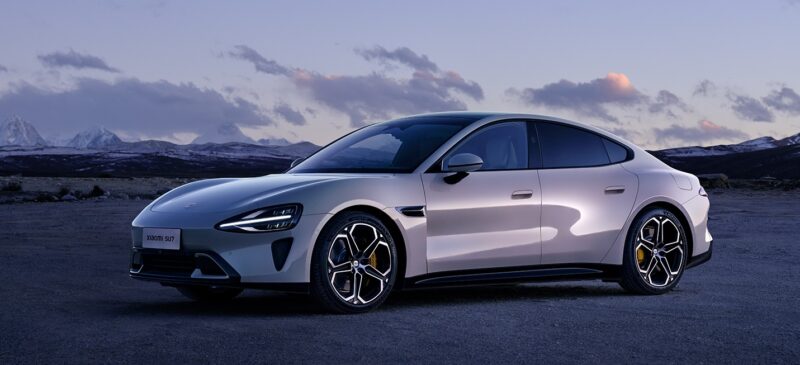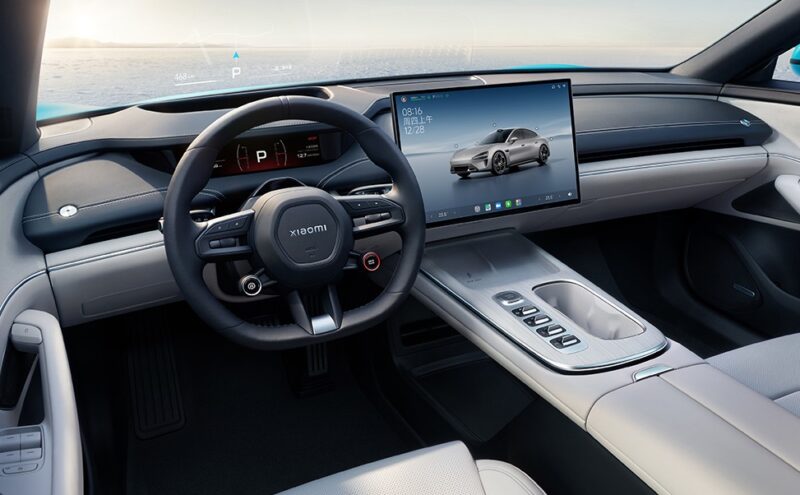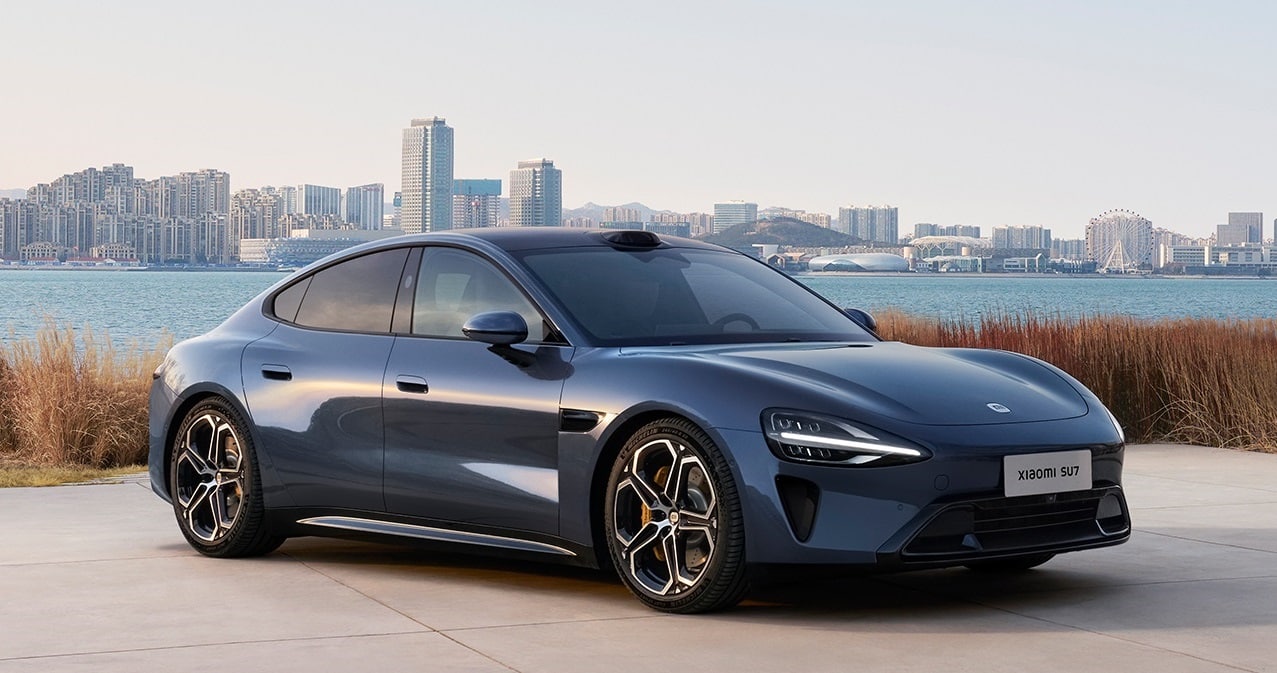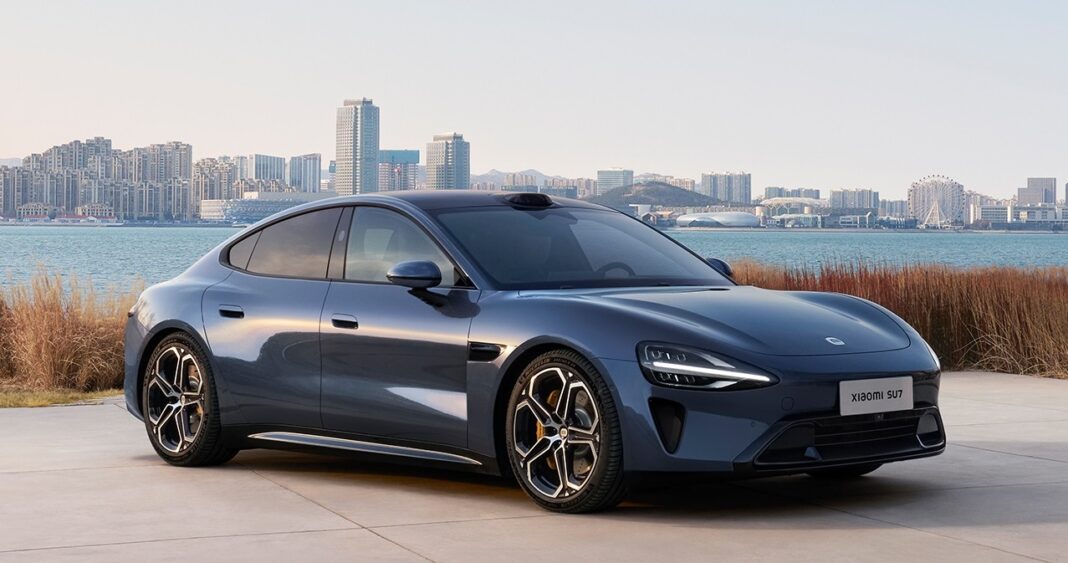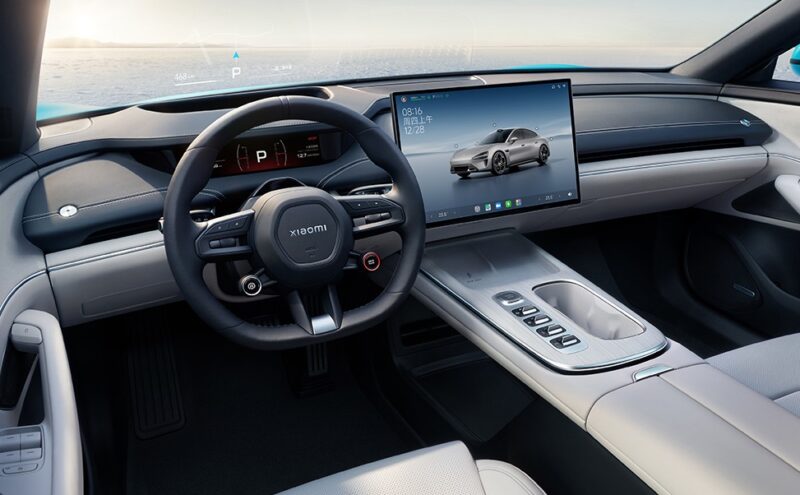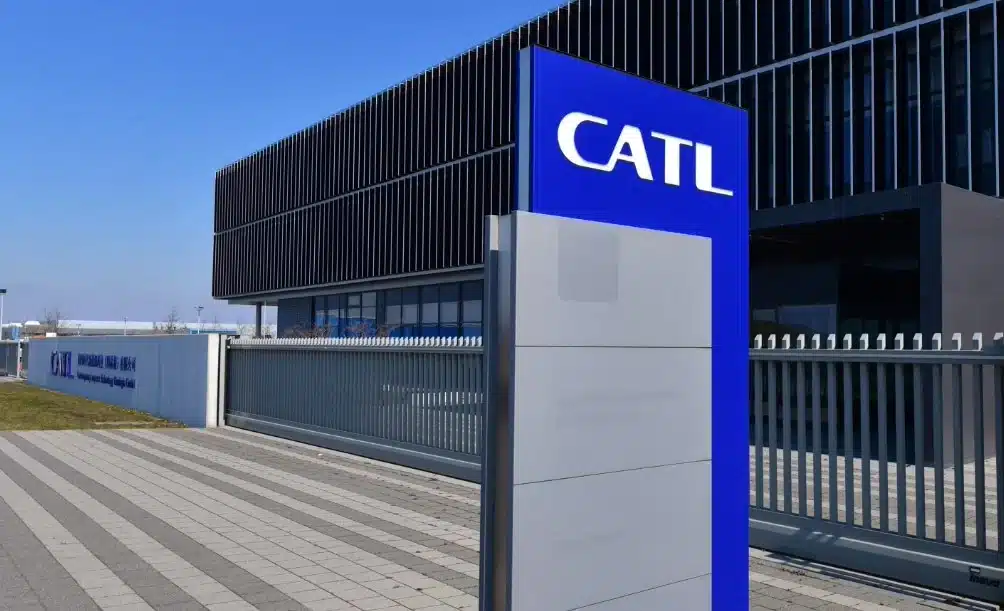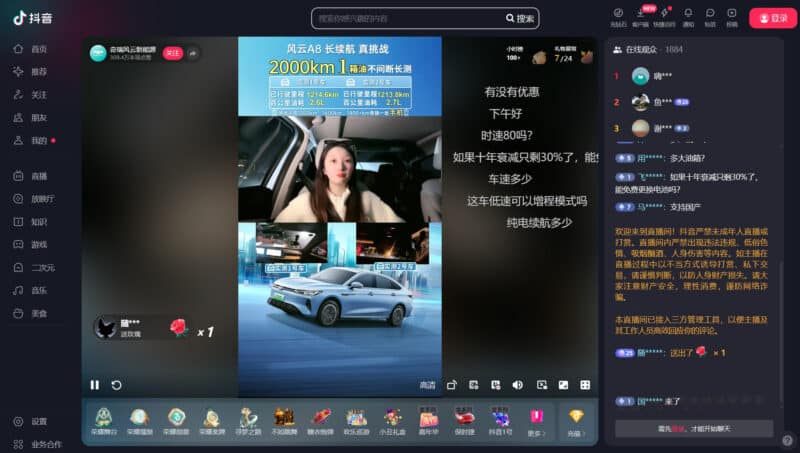Yommie
SpeedLimited
- Oct 2, 2013
- 64,173
- 37,188
- Country of Origin

- Country of Residence

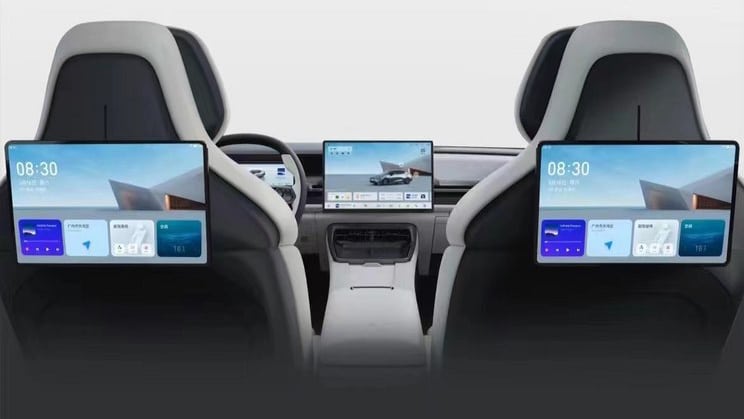
New Co Pad high-tech interior for Lynk & Co 07 EM-P
Lynk & Co gives details about new Co Pad system for the 07 EM-P PHEV sedan. Car gains rear seat screens for rear passengers.
 carnewschina.com
carnewschina.com
New Co Pad high-tech interior for Lynk & Co 07 EM-P
Reading Time: 4 minutes
Mark Andrews
March 28, 2024
0
 Lynk & Co 07 EM-P Lynk & Co Co Pad system
Lynk & Co 07 EM-P Lynk & Co Co Pad systemNews like this to your inbox or phone?
Weekly summary to your inbox
I want this
Never miss and important news
Get Instant notification once the news is published.
Follow Us
The interior of the Lynk & Co 07 EM-P sedan, which should start pre-sales at the Beijing Auto Show next month and commence deliveries in May, will break new ground in tech. Yesterday Lynk & Co announced details of the Lynk & Co Co Pad – try saying that quickly! It seems that the new car should coco with the rear seat occupants being able control windows, air conditioning, ambient lighting from pads mounted on the rear of the front seats. One has to wonder if Lynk & Co has heard of voice control!
Geely founder Eric Li (Li Shufu) bought mobile phone producer Meizu in 2022 and ever since the company has been trying to change the way occupants interact with their cars. Lynk & Co a joint brand from Geely and Volvo has been the guinea pig for much of the new technology and this is the latest iteration.
Lynk & Co Co Pad is a multi-screen interconnected entertainment ecosystem, which can achieve multi-ecological non-inductive connection and interaction between the central control screen, digital instrument, AR-HUD, mobile phone and Co Pad. Part of the Meizu drive has been to improve how people can link their own phones with the car’s ecosystem and so the Co Pad system uses Meizu Flyme Link and CarLink to help with connectivity between different phone brands and the car’s HMI.
Images showing the Lynk & Co Co Pad system in operation
It is currently not clear whether the Co Pad is a standard feature on some models or whether it is only a cost option. Equally the size of the rear screens has not been announced but they seem to be a similar size to the 15.4-inch central screen in the front which can be angled by up to 15 degrees either way. The Lynk & Co 07 EM-P also comes with a 12.3-inch LCD instrument cluster along with a massive 92-inch AR-HUD. This head up display enables three lane augmented reality navigation, intelligent auxiliary information display and parking viewing and allows a 2k ultra clear resolution with a very impressive 12,000 nit brightness.
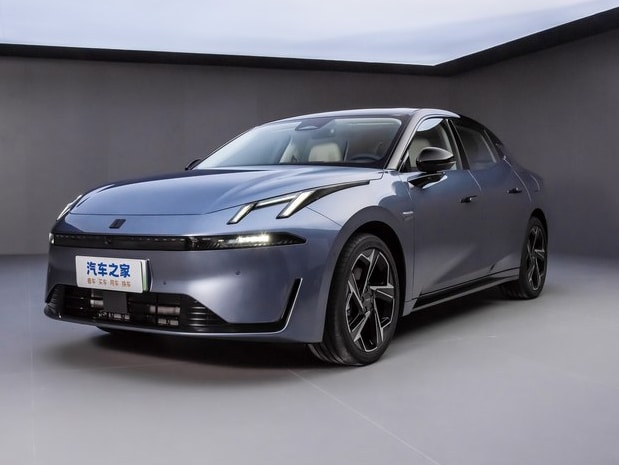
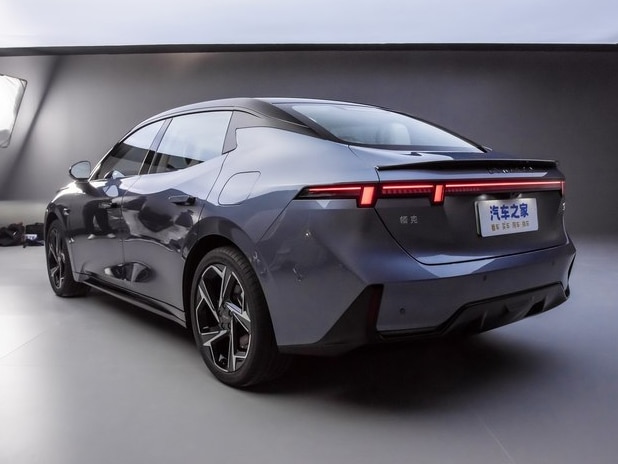
 Lynk & Co 07 EM-P
Lynk & Co 07 EM-PMusic lovers are treated to an exclusive sound system developed in conjunction with Harman Kardon featuring 23 speakers, support for 7.1.4 multi-channel and power of 2080W. In addition is has Quantum Logic Immersion 3D surround sound technology.
The Lynk & Co 07 EM-P has Nappa leather seats and both the front and rear seats support heating, ventilation and massage. Massage comes from 8 back rest mounted massagers and provides seven modes with three strengths. Rear seat backrests have a metal backplate to improve support and protection.
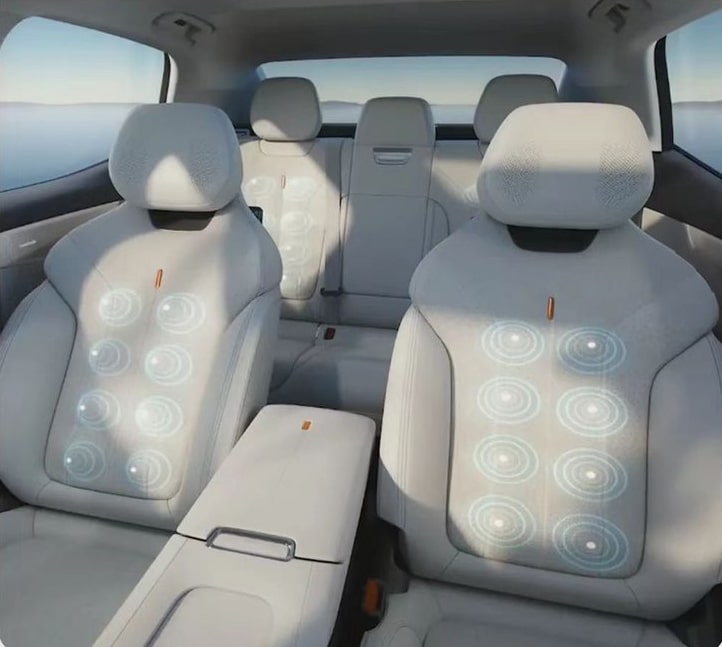 Seat massage in the Lynk & Co 07 EM-P
Seat massage in the Lynk & Co 07 EM-PFull details of the PHEV system have still not been announced but we know the engine is the BHE15-BFZ a four cylinder 1.5T unit with power of 120 kW. However the Lynk & Co 07 EM-P will probably have a 160 kW electric motor on the front axle with a maximum torque of 350 Nm, the torque of the combined system is 615 Nm. Combined range under CLTC is said to be 1,400 km.
Editor’s note:
The Lynk & Co 07 EM-P certainly isn’t the first car to have rear mounted screens for the passengers the question is whether the Co Pad system actually brings anything new to the occupants or not. It is also questionable whether rear occupants are going to want to use these screens rather than their own phones.The new announcement probably also gives us the best idea of what the interior of the forthcoming all-electric Lynk & Co Zero will look like.
Sources Yiche, Autohome




